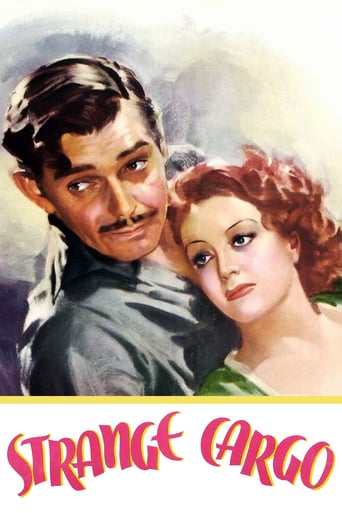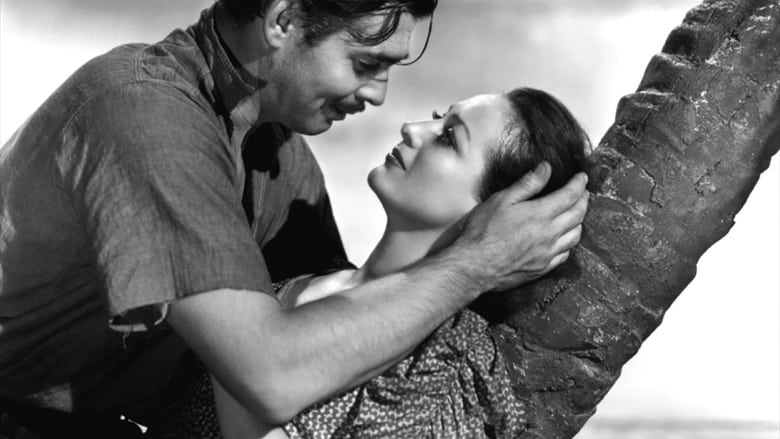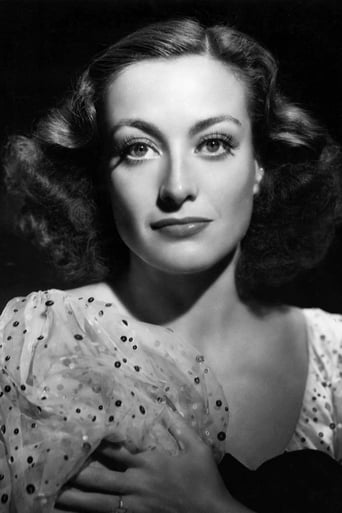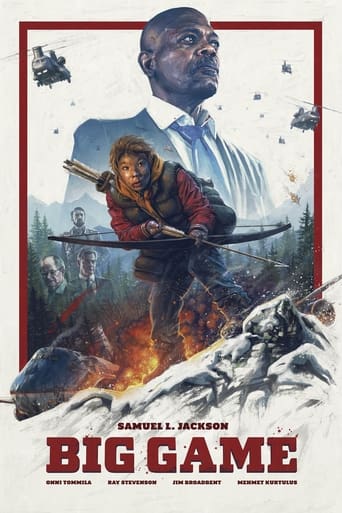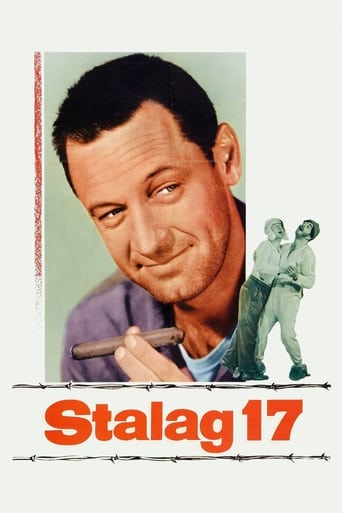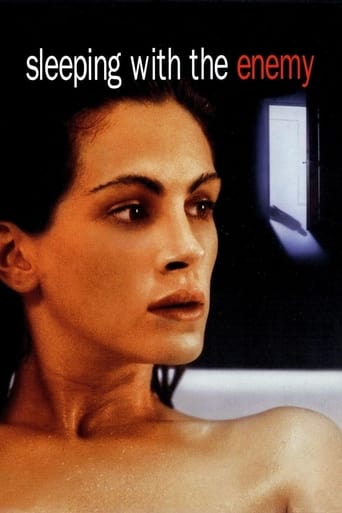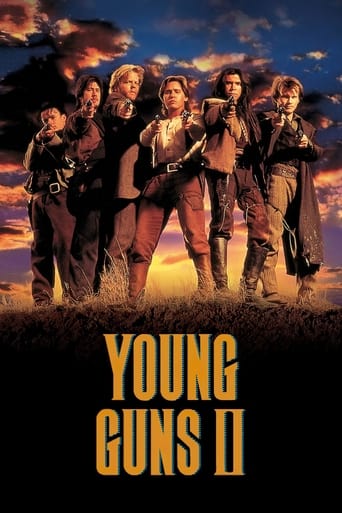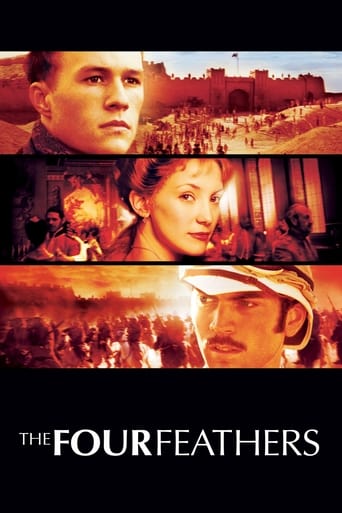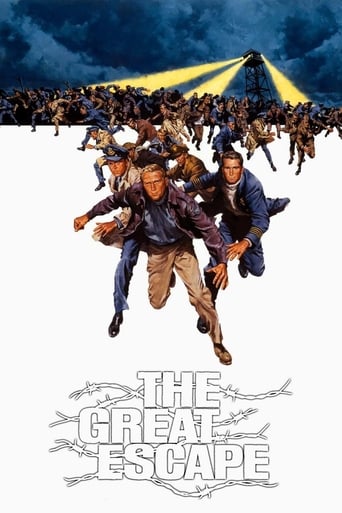Strange Cargo (1940)
Convicts escaping from Devil's Island come under the influence of a strange Christ-like figure.
Watch Trailer
Cast


Similar titles
Reviews
Seemed like another prison picture when it started but this movie grows on you until you become absorbed in it. Others have recapped the plot, but picking it up midway through it seems a little like "Papillon", a prison escape movie of the 70's.But there is the omniscient presence here of Ian Hunter's character Cambreau, who shows up abruptly but no one seems to know him. He is a mystical figure, offering solace and comfort which is not always welcome. One by one, as the band of escapees meets their fate, he is on hand with gentle words to send them off. He is a hypnotic presence and is the main reason to stick with this movie.Toward the end of this unlikely story things start to run off the tracks. Verne (Gable) attacks Cambreau on board a boat, and chucks him overboard. Cambreau, with arms outstretched on a piece of lumber as though crucified, thrashes about in the stormy sea. At this point there is no question who his character resembles, but Gable's subsequent motivation and transformation toward the end of the picture do not fit his character's mold, an ending which is at odds with what we have discerned thus far.Gable is the nominal star but Hunter garners all your attention. Never cared for Joan Crawford but she was good in her role. She played a similar part in "Rain" (1932) but her character here has more depth. Paul Lukas is also good as one of the escapees. "Strange Cargo" is worth your time and gets better as it unfolds. It is worth a watch next time it comes on, which would probably be on TCM.
When I first began watching this film I almost turned if off. The idea of a less than prim woman meeting a man in a penal colony just seemed so outlandish. Fortunately, I stuck with it, and it turns out to be a very good film that is far more complex that one might first imagine. The Joan Crawford angle remains, but that doesn't detract from a more realistic prison escape tale.There are actually 3 different stories being told here: Gable and the other escapees, Crawford and her exodus, and what is between Gable and Crawford. And for much of the movie, the 3 tales are separate, making each more interesting. And then there's the allegorical figure of Cambreau, brilliantly played by Ian Hunter in one of his very best roles.There are some wonderful scenes here, including Gable falling into quicksand and great special effects during the storms at sea...for starters. And, thankfully the print being shown on TCM is extremely crisp and clean.The cast here really is quite good. Joan Crawford doesn't overact here...really conducts herself quite well...appears very plain and nearly without makeup most of the movie. Gable is Gable, which is enough in any movie, but here it's interesting to note that this is such a very different film and character from the little flick he made just before this one -- "Gone With The Wind". Incidentally, it's interesting that Crawford got top billing here over Gable! As mentioned, Ian Hunter has one of his very best roles in this film. Peter Lorre has an interesting character...sleazy...essential at the beginning and ending of the film. Paul Lukas is an actor I am often impressed with, though not so much here...not bad, but not outstanding as he often was. Albert Dekker is believable and restrained as the most evil among the prisoners escaping; I wondered if there was the implication of homosexuality in his character and his relationship with a younger prisoner. J. Edward Bromberg has an interesting little role as a sniveling prisoner, although his importance wanes through much of the film. Eduardo Ciannelli is one of those character actors who was always so good, and is here. John Arledge is rather forgettable. Frederick Worlock is convincing as the warden.The role of Ian Hunter...hmmmm...was he Christ? I think the answer is yes. Note in particular when he is floundering in the sea...he holds onto the piece of wood almost as if it is the cross. Very interesting.Highly recommended!
There's a very unusual storytelling method at work in this movie. Yes the allegory is heavy handed but the disjointed method of jumping around characters and the pacing is very brisk and unusual. Very few establishing shots, some characters are introduced then never returned to. The stars aren't given disproportionate screen time until the ending.This is a really odd 1940 studio film.As for an earlier reviewer bragging that some predominately Catholic city censors agreed with his negative view of the film and kept it from being shown; I'm quite skeptical of the opinions of anyone who finds validation in the opinions of the bluenoses of this era. Its really kind of creepy. A studio film directed by one of its more passionate directors, attempts a portrayal of spiritual concerns in an existential manner without Pat O'Brien or a turned collar, well lets keep people from seeing it. We can all see how damaging to common decency this film is today. Good company with which to brag you are like minded.
The aptly titled Strange Cargo is both strange and carries a mixed cargo of entertainment nuggets for the casual viewer. It begins as a prison yarn, skirts the boundaries of a religious epic, and ultimately winds up a story of redemption for the hero, Andre Verne. As portrayed by Clark Gable, Verne is tough and cynical; not to mention lecherous and self-serving. His conversion is never convincing but how it comes about is both unexpected and unusual for a studio picture from the era.Verne is a tough con who is locked up on the infamous Devil's Island, territory that would be trod in further depth in Passage To Marseille with Humphrey Bogart and to a more realistic degree in 1973's Papillon starring Steve McQueen. He is constantly trying to escape; so often that he makes the penal colony look like a ramshackle hotel rather than a brutal work camp. During one of his escapes he is replaced in the prison lineup by a mysterious man who calls himself Cambreau and who seemingly materializes out of nowhere. Verne crosses paths with a dance-hall tart named Julie (Joan Crawford) who fires his interest and her scorn. She turns him in but is herself ordered off the island for having spoken to the convict in the first place; apparently this is a serious no-no. Ultimately Verne joins a prison break that includes Cambreau and he later enlists Julie into the group by some plot turns that will leave a viewer scratching his head. From this point the story switches gears and becomes a story of redemption as Cambreau helps the evil convicts discover the good in their souls before they die off one by one. Julie falls for Verne and he for her although Julie takes it one step further by renouncing the wickedness in her life while failing to persuade Verne to do likewise. After Julie goes off on her own so Verne can escape to America he has an epiphany and returns to prison to finish off his sentence before marrying her.This is the final Crawford-Gable picture and while Crawford assumes top billing (as she always did) Gable is the real star of the film. Hot on the heels of his success in Gone With the Wind he was at the zenith of his popularity while Crawford was on a downward spiral. As Verne Gable is his typical self: cocky, tough, and faithless. While his character comes across as a smug bastard there is no denying the actor's virility and star power. When he is on screen he wipes nearly everyone else off in a fierce display of animal magnetism. Crawford matches him in wisecracks but her subtle underplaying makes her conversion to the righteous life more convincing than his. There is a sadness and weariness to her performance that suggests her character has lost her way in life and is looking for some method of finding herself again. This she does through the mechanizations of Cambreau and it is a tribute to her acting talents that she pulls it off.The supporting cast is uniformly good; Peter Lorre is loathsome in a stereotypically slimy role as the prison stooge while Paul Lukas is chilling as the evil Hessler, a murderer of rich women. However, it is the performance of Ian Hunter as Cambreau that is the gem in this film. There has been debate about who Cambreau is and to be sure the movie doesn't come out an say it but to me it is obvious he is Jesus Christ. He has come to redeem Verne and along the way to provide a righteous path for the other characters in the picture. As played by Hunter the character is saintly without being sappy and inspirational without being corny. His interplay with Hessler on several occasions is extremely interesting and one wishes the film focused on this more. Hessler is referred to as the devil on more than one occasion and in the end he is the only one who does not succumb to Cambreau's powers of persuasion. In their last confrontation Hessler comments on how they may cross paths in the future; Cambreau replies in no uncertain terms that they will never meet again. Clearly Hessler is headed South for eternity.Strange Cargo is an interesting movie from a studio system era that was reluctant to take chances with its stories. Here is a film that covers a lot of ideological territory and does so energetically while retaining the star-making essence of its two leads. On top of this you have a supporting actor stealing the film with a masterful portrayal of Jesus in a modern setting. Enjoy

